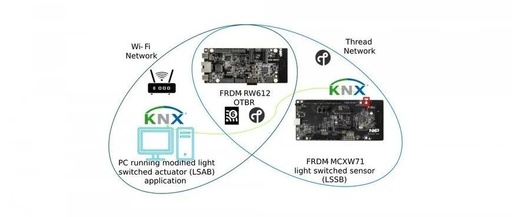W83L786NG (NUVOTON) Hardware Monitoring Chip Professional Analysis
Above[Xianxin] Mini Program, upload BOM for rapid quotation, AI intelligent parsing of inventory lists, allowing you to save 30% on procurement costs.Product Overview:The W83L786NG is a hardware monitoring chip launched by NUVOTON, primarily used for monitoring temperature, voltage, and fan speed. It can detect the operating status of the system in real-time, ensuring that devices … Read more









